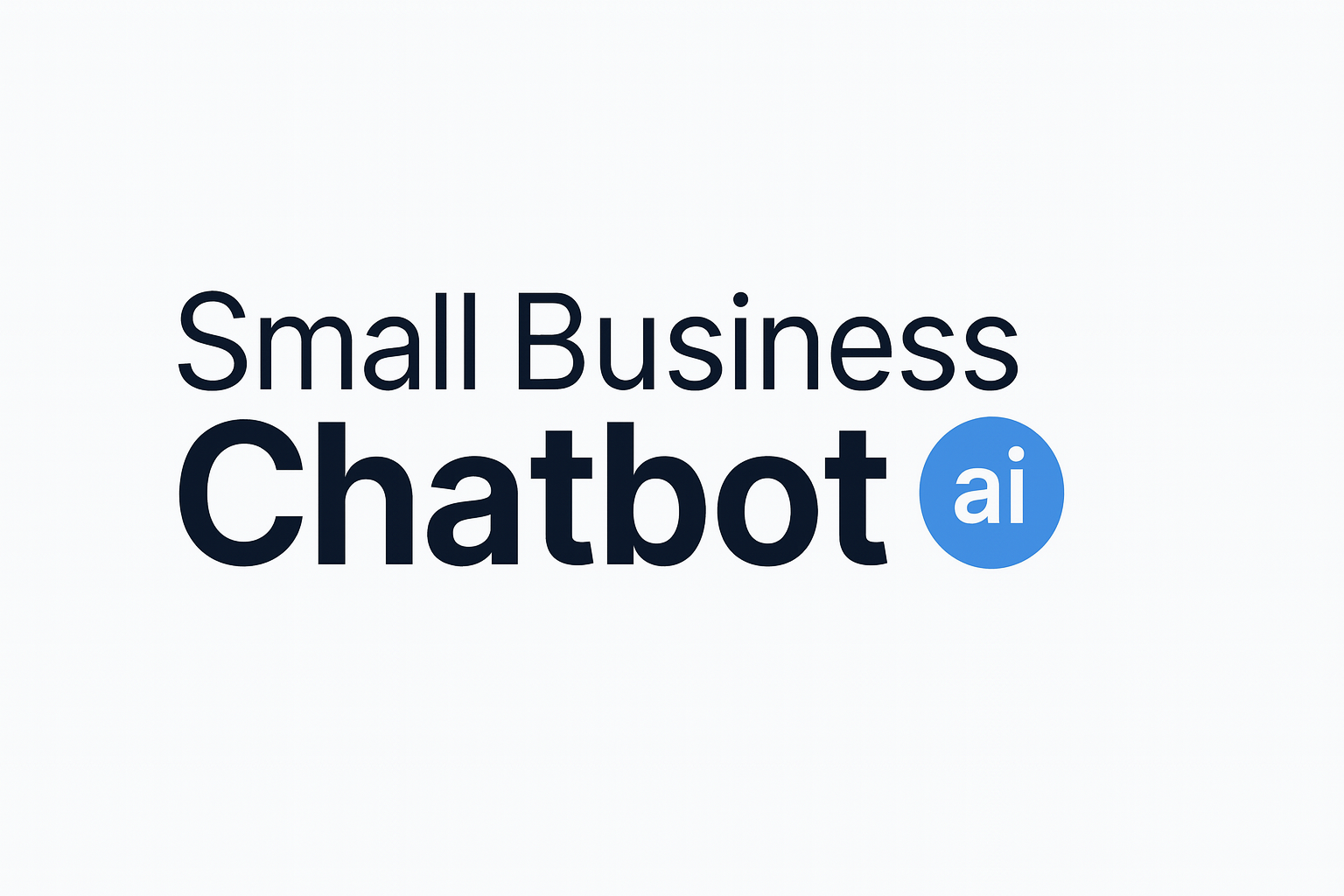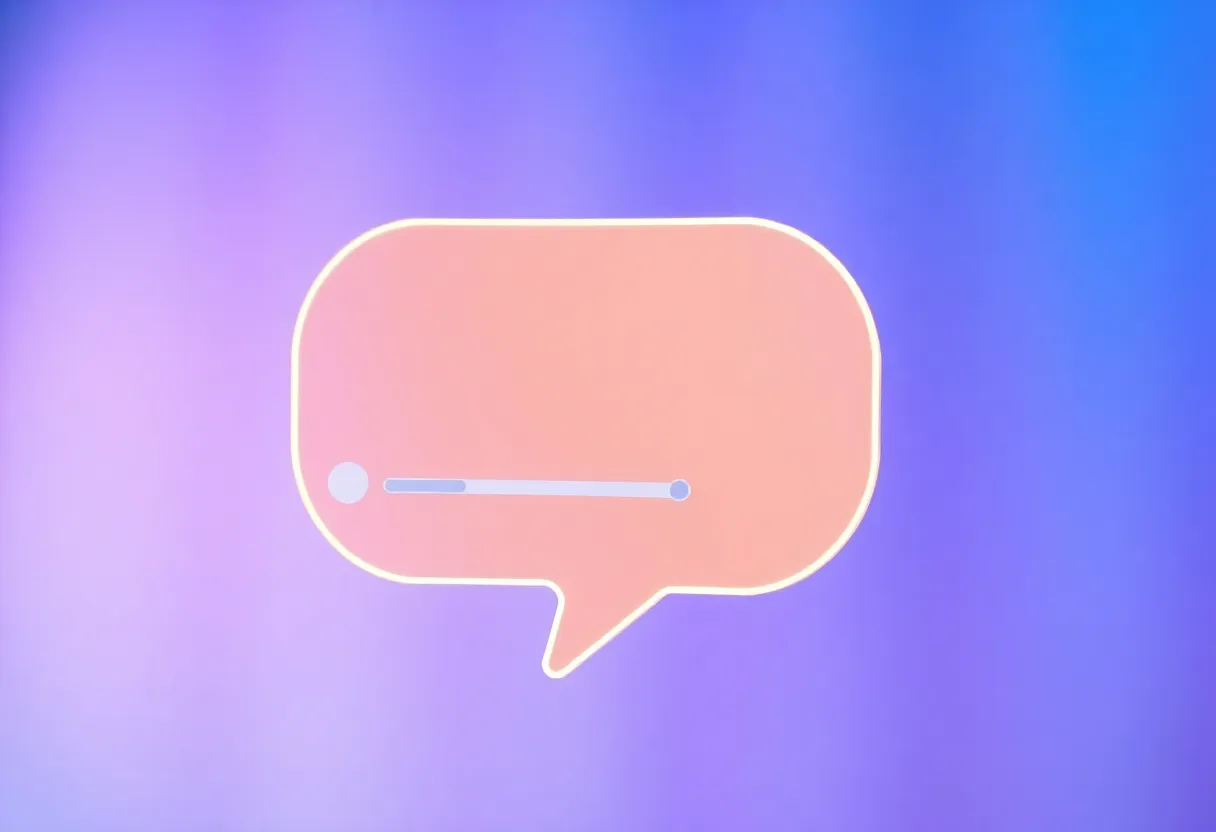Updated September 29, 2025 • For small business owners and operators
Complex customer questions don’t fit neatly into simple FAQs. They span account history, policies, multiple steps, and sometimes emotion. The right approach can train chatbots to handle these nuanced requests confidently—while escalating gracefully when a human is better. Below is a practical playbook you can apply in weeks, not months.
- 75% of CX leaders expect 80% of customer interactions to be resolved without human intervention in the next few years (Zendesk, 2025) [1]. (zendesk.com)
- 65% of agents say their cases are more complex than a year ago (Salesforce, 2024) [2]. (salesforce.com)
- Giving support agents an AI assistant increased resolutions per hour by 14% on average, with the biggest gains for newer agents (NBER/Stanford–MIT, 2023) [3]. (nber.org)
Try Small Business Chatbot Free to start
What counts as a complex inquiry?
Complex customer inquiries typically include one or more of these traits:
- Context-heavy: depends on prior purchases, service history, or custom terms.
- Multi-step: requires sequencing tasks (verify identity → check eligibility → reschedule → apply credit).
- Judgment calls: refunds, policy exceptions, or safety/financial risk.
- Regulated or sensitive data: identity, payment, or health details.
- Emotional: complaints, confusion, or dissatisfaction that require empathy.
Because case complexity is rising for most teams, your customer service chatbot needs reliable context, clear guardrails, and a smooth human handoff to maintain CSAT. (Salesforce, 2024) [2]. (salesforce.com)
Build the right foundation
1) Define scope and success
Decide which problems the bot must solve end‑to‑end (e.g., rescheduling, plan changes, warranty checks) and which must route to a person (e.g., fraud, legal threats, high‑value accounts). Set targets: containment rate, first‑contact resolution (FCR), CSAT, and average handle time (AHT).
2) Connect systems early
Complex questions need data. Integrate your CRM, scheduling, billing, and identity verification tools so the bot can see context and take action. Explore supported connections with Small Business Chatbot integrations.
3) Collect high‑signal training data
Export recent chat/email transcripts and tag them by intent (reason for contact), entities (names, dates, SKUs), outcome, and sentiment. Keep a balanced set of both successful and failed resolutions so your model learns what to avoid.
4) Choose the model and guardrails
Use a flexible platform that supports natural language understanding (NLU), function calling for safe actions, and retrieval‑augmented generation (RAG) to ground answers in your policies.
Training your chatbot step by step
Step 1: Map intents and signals
- Create a short list of complex intents: refund request, reschedule with credit, custom quote, warranty claim, disputed charge, etc.
- Write disambiguation prompts that ask for missing details (order number, date, service tier) in one friendly sentence.
- Add escalation signals: repeated confusion, strong negative sentiment, high‑risk keywords ("chargeback", "legal", "injury").
Step 2: Prepare your examples
- For each complex intent, collect 20–50 real conversations. Redact PII and label: customer message → ideal reply → follow‑ups → final outcome.
- Include edge cases: missing IDs, mismatched names, expired credits, policy exceptions.
- Balance tone: empathetic openings, concise steps, and confirmation of resolution.
Step 3: Teach actions, not just answers
Pair natural language with trusted actions via function calls: look up customer, fetch entitlement, create case, issue credit up to $X, or schedule appointment. Limit with an allowed actions list and require explicit user confirmation for anything irreversible.
Step 4: Add policy‑aware prompts
Provide the bot with policy snippets and a “don’t know? escalate” rule. RAG should cite the exact paragraph used to answer. This reduces off‑policy replies and helps auditors review decisions later.
Step 5: Run supervised reviews
Have a manager review 20–30 transcripts per week, correcting the bot’s replies, tagging misses, and adding new examples. This human‑in‑the‑loop loop compounds quality gains over time. In real support orgs, pairing agents with AI assistants has increased resolution rates and reduced handling time, particularly for newer agents (NBER, 2023) [3]. (nber.org)
Step 6: Launch, learn, and expand
Release to a small audience (e.g., web chat only, business hours) and gradually widen. Track containment and CSAT by intent, not overall. Expect some intents to remain human‑led by design.
Give the bot memory and knowledge
Context memory, safely
- Short‑term: Maintain a conversation state (who, what, when) so the bot can reference prior answers without re‑asking.
- Long‑term: Retrieve CRM profile and last three cases when the user consents; mask sensitive fields unless strictly required.
Retrieval‑augmented generation (RAG)
- Index current policies, warranties, and SOPs. Re‑crawl after every policy change.
- Chunk documents by topic and attach the source title and section so the bot can show its work.
- Block unsupported topics; prefer a safe escalation rather than guessing.
Business case: Customer operations are among the highest‑value areas for generative AI; analyses estimate large productivity gains when applied to care operations (McKinsey, 2024) [4]. (mckinsey.de)
Design smart escalation
Even great bots shouldn’t do everything. Build escalation that feels like teamwork, not a wall.
When to escalate automatically
- Three failed clarifications or low confidence in intent classification.
- High‑risk keywords (injury, legal, harassment), chargebacks, or potential fraud.
- VIP or high‑value account rules.
- Data the user refuses to share or cannot be verified.
How to escalate well
- Warm transfer: Pass a structured summary, customer ID, steps completed, and policy excerpts the bot used.
- Offer channels: live chat, call‑back, or email case—plus expected wait time.
- Close the loop: After the human resolves it, feed the final outcome back into training data.
Tip: For voice-heavy businesses, adding voice AI for triage can speed up routing while leaving complex decisions to people (Zendesk, 2025) [1]. (zendesk.com)
Measure, test, and improve
Operational KPIs
Containment % FCR CSAT AHT Time to first response Escalation rate Fallback rate
Quality signals
- Policy‑correct answers with cited sources.
- Empathy score (opener + acknowledgment + solution + next step).
- Agent accept rate of bot summaries on handoff.
Test like a customer
- Weekly transcript reviews of 25 random complex conversations.
- Adversarial tests: wrong order numbers, vague dates, policy edge cases.
- Shadow mode: let the bot draft answers for agents first, then compare outcomes. Many teams report time savings and better focus on complex cases when AI handles routine steps (Salesforce, 2024) [2]. (salesforce.com)
Privacy, safety, and governance
Follow a lightweight but rigorous framework so your AI customer support stays trustworthy. The U.S. National Institute of Standards and Technology’s AI Risk Management Framework (AI RMF 1.0) offers practical functions—Govern, Map, Measure, Manage—that fit businesses of any size (NIST, 2023) [5]. (nist.gov)
Minimum safeguards
- Data minimization: only collect what you need; mask PII in logs; retain for a fixed period.
- Policy source of truth: all answers must cite the policy/version used.
- Human override: clear paths for customers to reach a person at any time.
- Red‑team tests: probe for unsafe advice, bias, or leakage before each release.
- Audit trail: store prompts, retrieved sources, actions taken, and approvals.
Implementation checklists
Data and design checklist
- Pick 3–5 complex intents to start.
- Gather 20–50 redacted transcripts per intent; label outcomes and sentiment.
- Document policies and exception rules; publish to a single knowledge base.
- List required actions and limits (e.g., refund up to $50 without manager approval).
- Define escalation triggers and handoff templates.
Go‑live checklist
- Enable CRM, scheduling, and payments integrations; test with sandbox data.
- Turn on RAG with citations and versioning.
- Pilot on one channel and time window; monitor live for a week.
- Set daily review of fallbacks and weekly review of 25 conversations.
- Publish an “Always Escalate” list (fraud, injury, legal threats, safety).
30‑60‑90 day roadmap
- Days 1–30: Ship 1–2 complex flows; baseline KPIs; enable human review.
- Days 31–60: Expand to 3–5 intents; add voice triage if phones are busy; refine RAG sources.
- Days 61–90: Automate safe actions (credits, reschedules); add QA rubrics; publish a quarterly policy change process.
See customer reviews Real outcomes
Frequently asked questions for training chatbots on complex customer inquiries
- 1) How do I know if a request is “complex” for my business?
- It usually requires multiple steps, a lookup in your systems, a judgment call, or touches sensitive data. If an agent needs to read history or apply policy exceptions, it’s complex.
- 2) Do I need a data scientist to train chatbots?
- No. Start with labeled examples and clear policies. Most small teams succeed by tagging transcripts, writing disambiguation prompts, and enabling safe actions. Bring in specialists later for advanced analytics.
- 3) How can I prevent wrong or “hallucinated” answers?
- Use retrieval‑augmented generation (RAG) so the bot quotes your latest policy paragraphs, require citations, and block responses when confidence is low—then escalate.
- 4) What should I measure first?
- Track containment and CSAT by intent, plus FCR and escalation rate. Review a weekly sample of transcripts for policy accuracy and tone.
- 5) How long until I see results?
- Many teams ship a first complex flow in 2–4 weeks and improve steadily through weekly reviews. Studies show AI assistants can lift resolution rates quickly, especially for newer agents (NBER, 2023) [3]. (nber.org)
- 6) Should my bot handle refunds or credits?
- Yes, within limits. Define a clear policy (e.g., under $50 and within 30 days), log every action, and require confirmation from the customer before applying credits.
- 7) Where do integrations fit in?
- They’re essential for context and action—CRM for history, scheduling for bookings, billing for credits. See available options in integrations.
Bring complex support under control
With the right data, safeguards, and escalation, you can train chatbots to resolve nuanced issues, free up your team for the truly human moments, and lift CSAT. Industry research points to meaningful gains in resolution speed and agent productivity when AI is deployed thoughtfully (Zendesk, 2025; Salesforce, 2024; NBER, 2023) [1][2][3]. (zendesk.com)
References
- [1] Zendesk. “2025 CX Trends Report: Human‑Centric AI Drives Loyalty.” 2025. zendesk.com. (zendesk.com)
- [2] Salesforce. “Customer Service Statistics 2024.” 2024. salesforce.com. (salesforce.com)
- [3] Brynjolfsson, Li, Raymond. “Generative AI at Work.” NBER Working Paper 31161, revised 2023. nber.org. (nber.org)
- [4] McKinsey. “The Economic Potential of Generative AI: The Next Productivity Frontier.” Customer operations highlights, 2024. mckinsey.de. (mckinsey.de)
- [5] NIST. “Artificial Intelligence Risk Management Framework (AI RMF 1.0).” 2023. nist.gov. (nist.gov)


